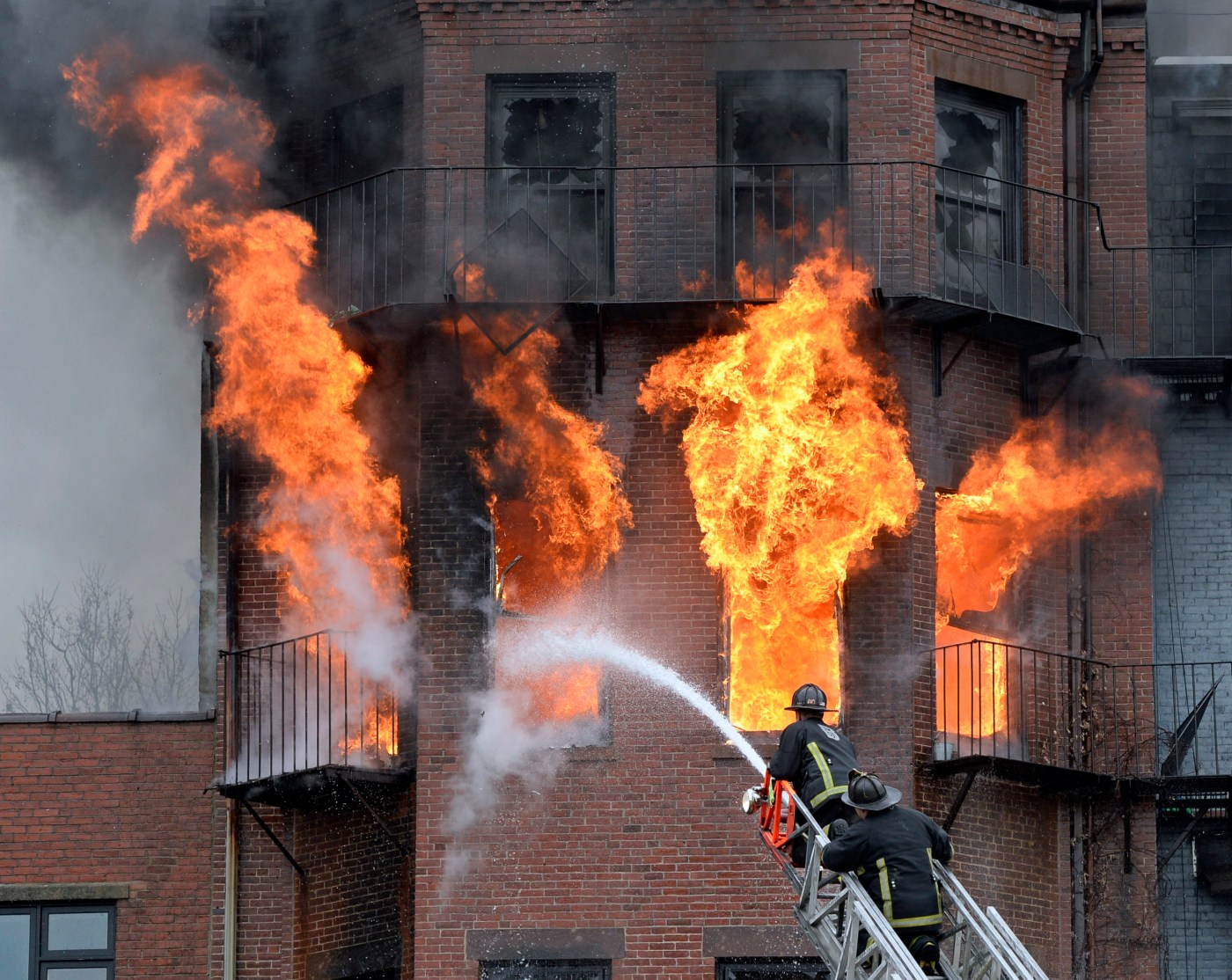
Fatal 2014 Back Bay brownstone fire behind ‘hot work’ bill
Ten years after a welding spark ignited a fire that tragically cut short the lives of two Boston firefighters, the state Senate will take up new rules for reporting workplace safety violations by welders, plasma cutters, or any “hot works.”
The upper chamber is expected to consider An Act relative to violation of regulation regarding hot work processes during the formal session they’ve scheduled for Thursday, a bill that would require the Department of Professional Licensure to develop and maintain database and public notification system for violations of the state’s fire codes, or Chapter 148 of the General Laws.
The bill would require disclosure of some violations, such as “failure to receive a Hot Works training certification prior to performing hot work, failure to perform hot work in accordance with DFS and municipal regulations, intentionally wrongfully identifying oneself for the purpose of performing hot work, or knowingly allowing the performance of hot work by someone without proper certification,” according to its text.
“Ten years in the making, this legislation represents historic regulatory reforms that the Walsh-Kennedy Commission — that I was co-chair of — helped institute across hot work and welding,” South Boston’s state Sen. Nick Collins told the Herald. “Passing this legislation will ensure that these critical reforms will mandate the training, oversight, and accountability to prevent tragedies like the Back Bay fire.”
The move comes in honor of and in response to the deaths of Fire Lt. Edward Walsh of Engine Co. 33 and Firefighter Michael Kennedy of Ladder Co. 15, who were killed on March 26, 2014, while fighting a nine-alarm fire in a Back Bay Brownstone located at 298 Beacon Street.
The fire was started, a 77-page report released in 2016 by the National Institute for Occupational Safety and Health would later reveal, by two workers with D&J Iron Works of Malden. The day of the fire the men, according to the report, were welding an exterior wrought-iron railing, showering a rotten wooden shed located below with metal sparks. The shed caught fire.
Engine 33 and Ladder 15 were first on scene. Their crews entered the burning building after being told there might be someone trapped in the basement. Strong winds fanned the flames, which burned through the firehose and cut off water pressure.
The quickly spreading fire trapped Walsh and Kennedy in the basement, and a lack of department staffing prevented firefighters from stretching a hose to a nearby fire hydrant, and took some firefighters away from combating the flames as they rescued civilians inside the building, the federal report said.
Collins said many of the rules contained in his bill are already part of the state’s existing building codes and regulations, all of which came about as a result of the Walsh-Kennedy Commission and recommendations made by OSHA, but that he hopes to make the rules a permanent part of state law which cannot be rolled back at a later date.
“This is so we don’t turn back, so that it’s in statute and in law,” he said.


